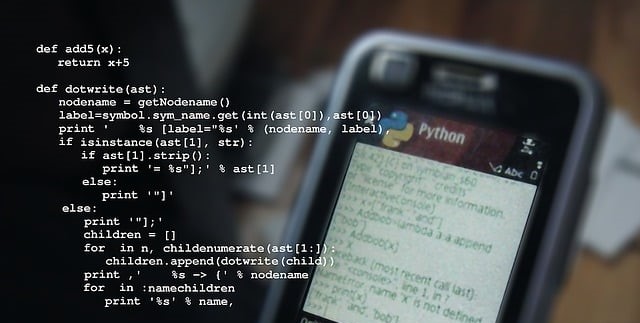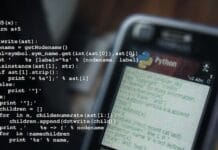In the fast-paced world of data science, the phrase “garbage in, garbage out” holds more weight than ever. The success of any data-driven project heavily relies on the quality of the data it is built upon. This is where data cleaning and preprocessing come into play. In this article, we’ll delve into the essential steps and techniques for data cleaning and preprocessing using Python, the powerhouse programming language for data science.
Why Data Cleaning and Preprocessing?
Before we dive into the nitty-gritty details, let’s understand the importance of data cleaning and preprocessing. Raw data is often messy, containing errors, missing values, outliers, and inconsistencies. Cleaning and preprocessing help enhance data quality, making it suitable for analysis and modeling. These steps are critical for extracting meaningful insights and building robust machine learning models.
Getting Started: Setting up Your Environment
Before we begin cleaning and preprocessing, ensure you have the necessary tools installed. Popular Python libraries for this task include Pandas, NumPy, and Scikit-learn. Use the following commands to install them:
pip install pandas numpy scikit-learn
Step 1: Exploratory Data Analysis (EDA)
Start by gaining a deep understanding of your data through exploratory data analysis (EDA). Use Pandas to load your dataset and perform basic analyses:
import pandas as pd
# Load the dataset
data = pd.read_csv('your_dataset.csv')
# Display basic information about the dataset
print(data.info())
# Display summary statistics
print(data.describe())
EDA helps identify missing values, outliers, and patterns within the data, guiding subsequent cleaning steps.
Step 2: Handling Missing Values
Missing data is a common issue in datasets. Address it by either removing or imputing missing values. Pandas provides methods like dropna() and fillna() for this purpose:
# Remove rows with missing values
data_cleaned = data.dropna()
# Impute missing values with mean
data_imputed = data.fillna(data.mean())
Step 3: Removing Duplicates
Duplicate records can skew analysis results. Use Pandas to identify and remove duplicates:
# Identify and remove duplicates
data_no_duplicates = data.drop_duplicates()
Step 4: Handling Outliers
Outliers can significantly impact statistical analyses and machine learning models. Identify and address outliers using statistical methods or visualization tools like box plots:
# Identify outliers using z-score
from scipy.stats import zscore
z_scores = zscore(data)
outliers = (z_scores > 3).all(axis=1)
# Remove outliers
data_no_outliers = data[~outliers]
Step 5: Feature Scaling
Standardize or normalize numerical features to ensure they are on a similar scale. This is crucial for algorithms sensitive to the magnitude of features:
from sklearn.preprocessing import StandardScaler
scaler = StandardScaler()
data_scaled = scaler.fit_transform(data[['feature1', 'feature2']])
Step 6: Encoding Categorical Variables
Convert categorical variables into numerical format using one-hot encoding or label encoding:
# One-hot encoding
data_encoded = pd.get_dummies(data, columns=['categorical_feature'])
# Label encoding
from sklearn.preprocessing import LabelEncoder
label_encoder = LabelEncoder()
data['categorical_feature'] = label_encoder.fit_transform(data['categorical_feature'])
Data cleaning and preprocessing are indispensable steps in any data science project. Python, with its rich ecosystem of libraries, provides powerful tools to streamline these processes. By following the steps outlined in this guide, you’ll be well-equipped to transform raw, messy data into a clean, structured format ready for analysis and modeling. Remember, a solid foundation of clean data is the key to unlocking meaningful insights and building robust machine learning models. Happy coding!




